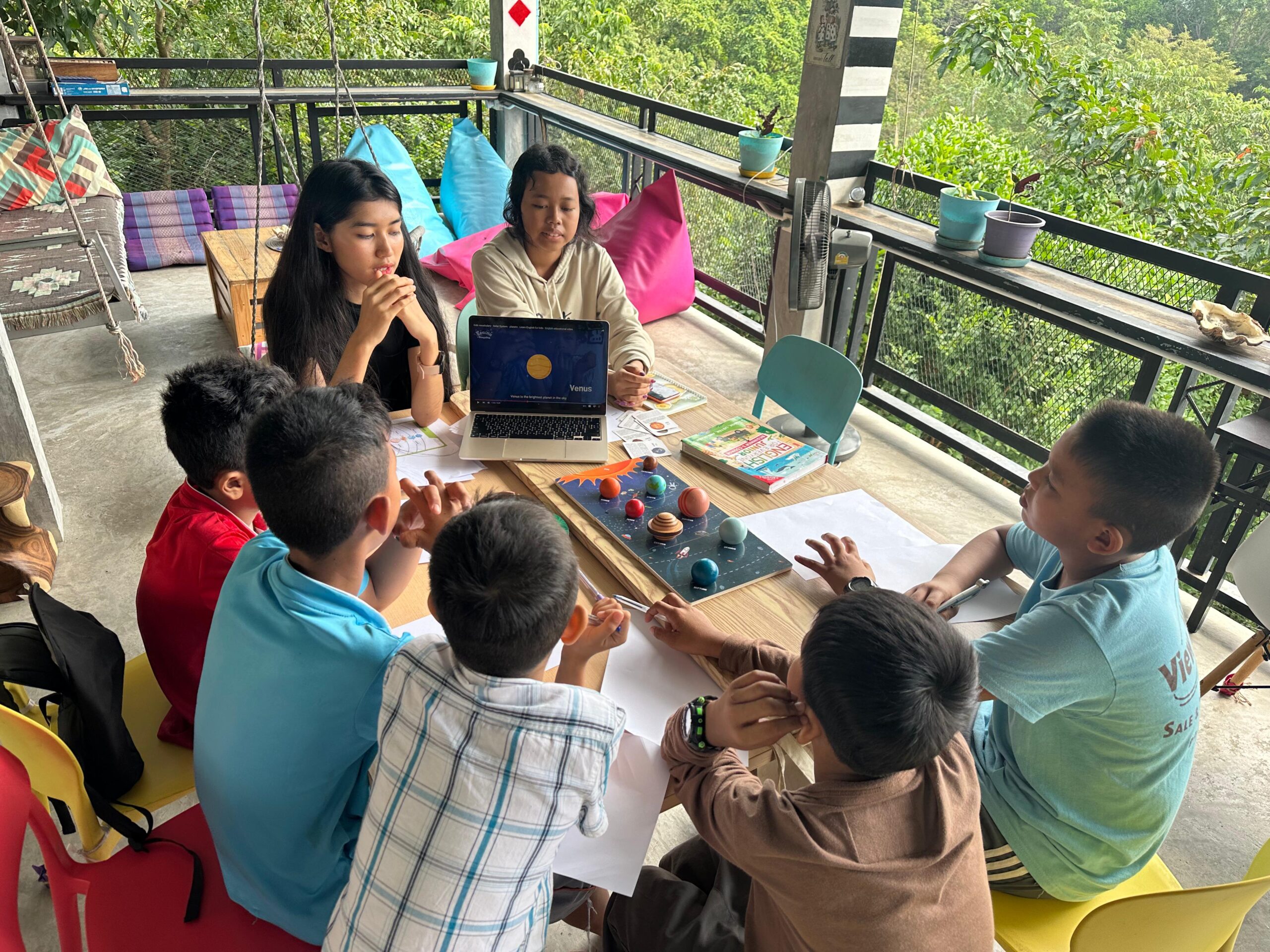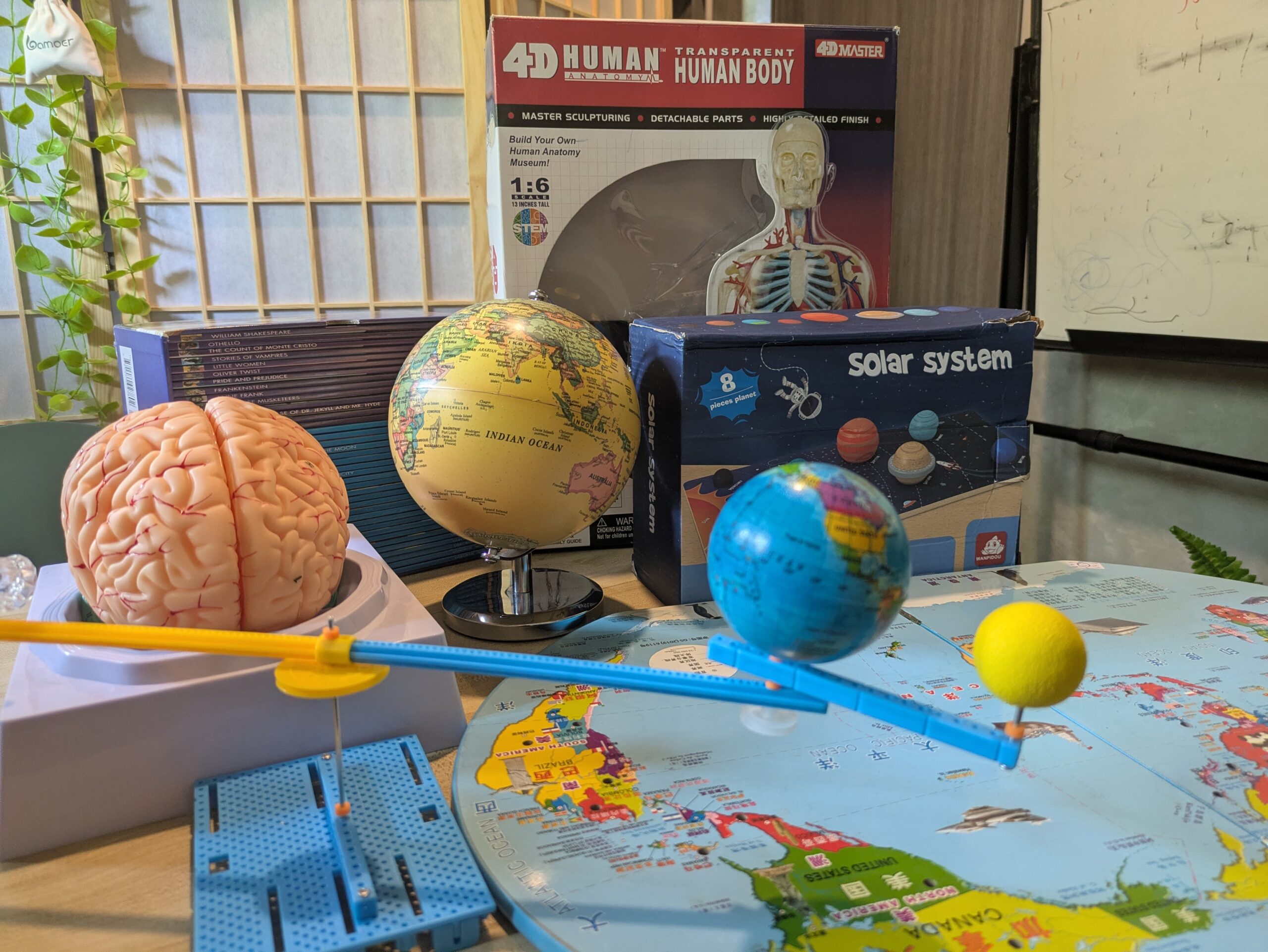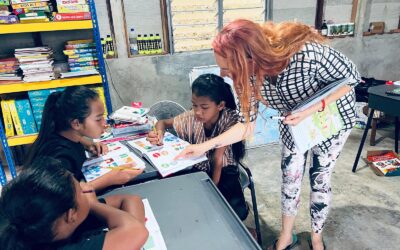Incorporating STEM and Geography into ESL Learning

At Horizon Asia Educational Association (HAEA), we believe education is about more than just acquiring knowledge—it’s about sparking curiosity and encouraging students to explore the world. That’s why our English as a Second Language (ESL) programs go beyond traditional methods, seamlessly integrating STEM (Science, Technology, Engineering, and Mathematics) and geography into language lessons.
This innovative approach not only enhances language proficiency but also introduces students to concepts that expand their horizons and fuel their dreams. 🌍✨
Fusing STEM with Language: A Dynamic Learning Experience
Our students engage in interdisciplinary lessons that blend science, math, and geography with English learning. This approach makes lessons engaging, relevant, and memorable. For example:
- Astronomy Activities: Students use solar system models to arrange planets in the correct order, learning terms like “orbit,” “planet,” and “gravity” while developing language and comprehension skills.
- Physics Fundamentals: Experiments with simple machines, like levers and pulleys, teach physics principles while introducing descriptive and procedural vocabulary.
- Geography Exploration: Interactive map exercises help students identify countries, continents, and landmarks, improving both geographical awareness and language fluency.
These lessons provide a hands-on, exciting way for students to learn English while exploring STEM and the natural world.
Tailoring Education to Every Student
Our learners come from diverse educational backgrounds. While some have attended formal schools, others are experiencing structured education for the first time. To ensure inclusivity:
- Customized Study Materials: Lessons are designed to cater to all levels of learning, providing relatable and understandable content.
- Interactive 3D Tools: Resources like models and digital simulations make abstract concepts tangible and easier to grasp.
- Supportive Environment: Every student is encouraged to ask questions, share ideas, and learn at their own pace.
This personalized approach creates a learning space where students feel empowered to explore, dream, and discover their potential. 🚀📚
Why Integrate STEM and Geography into ESL?
Education is most effective when it mirrors real-life applications. By combining language learning with science and geography, our students:
- Build Confidence: Tackling complex topics like astronomy or physics boosts their confidence in both academics and communication.
- Develop Critical Thinking: Hands-on STEM activities encourage problem-solving and analytical skills.
- Gain Real-World Knowledge: Understanding global concepts helps them connect with the broader world, broadening their perspectives and ambitions.
Help Us Transform Lives Through Education
At Horizon Asia, we’re more than educators—we’re innovators and dream-builders, creating opportunities for marginalized communities to thrive. Together, we can ensure every student has access to programs that inspire curiosity and empower growth.
Join us in making a difference today:
Let’s continue building brighter futures, one lesson at a time. 💙

Related Articles
Digital Literacy for Refugee Women: Cherry’s Inspiring Journey to Empowerment
Breaking Barriers and Building Futures Through Digital Literacy for Refugee Women Women's empowerment is more than an idea—it's a transformative force, especially crucial for refugee women who often face multiple barriers to education, technology, and economic...
Support Human Rights Workshops: Empowering the Southeast Asian Youth One Workshop at a Time
Empowering the Next Generation: Support Human Rights Workshops for a Just and Equitable Future.Human rights education is essential for building fair, inclusive societies. Teaching young people about equality, justice, and freedom not only equips them with knowledge of...
Make it Monthly: Become a Patron of Southeast Asian Women Empowerment
Support Women’s Education and Leadership in Southeast Asia with the Power of Monthly Donations Empower Women Through Consistent Support Women empowerment patronage Southeast Asia isn’t just a phrase—it’s a powerful commitment to driving long-term change in a region...



